1. Fairyland Caverns – Lookout Mountain, Georgia

Tucked inside Rock City, Fairyland Caverns was like a fluorescent fever dream under a mountain. It featured scenes from nursery rhymes and fairy tales, all hand-painted and lit with blacklights, according to Laura Bellucci from Visit Chattanooga. In the 1970s, this kind of lo-fi whimsy was all the rage, especially for Southern families making the pilgrimage to “See Rock City.” It was weird, wonderful, and just a little unsettling.
Kids were either totally enchanted or mildly terrified, but it made for an unforgettable experience. While Rock City still exists, the cavern’s popularity has waned as tastes have changed. But in the ’70s, this glowing grotto was peak road-trip magic. It was the kind of place you’d remember in vivid Technicolor dreams.
2. The Enchanted Forest – Ellicott City, Maryland
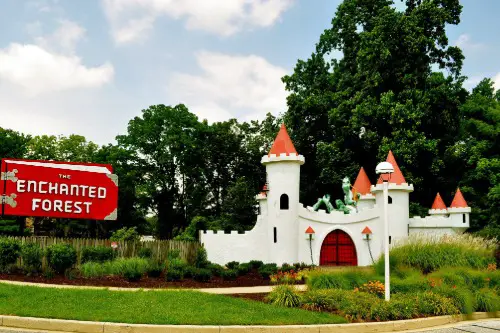
Back in the ‘70s, The Enchanted Forest was pure childhood magic—a fairy tale–themed amusement park where kids could walk through storybook scenes. There were giant shoe houses, dragon slides, and Humpty Dumpty just chillin’ on his wall. It opened in 1955 but hit peak popularity in the ‘60s and ‘70s, drawing in families from all over the East Coast, according to Dana Cohen from Preservation Maryland. It was low-tech and low-budget, but that was part of the charm.
As bigger and flashier theme parks took over, The Enchanted Forest couldn’t keep up and finally closed to the public in 1989. Pieces of it have been moved to a shopping center nearby, where some of the old structures still sit as relics. But in the ‘70s, it was a major road-trip destination. Think of it as Maryland’s own mini Disneyland—minus the mouse.
3. Mystery Spot – Santa Cruz, California

In the 1970s, everyone wanted to see the place where gravity supposedly went haywire, according to Joshua Chiedu from The Travel. The Mystery Spot in Santa Cruz was the crown jewel of “gravitational anomaly” attractions, where balls rolled uphill and people leaned at wild angles. It opened in 1940, but its popularity boomed during the ’70s road trip craze. It was like a real-life Scooby-Doo episode and perfect for stoned college kids looking for “vibes.”
The illusions were all thanks to tilted rooms and optical tricks, but that didn’t stop people from swearing something paranormal was going on. Bumper stickers from the Mystery Spot became a cultural badge of honor, slapped on every VW van and Ford Pinto. It’s still around today, but it doesn’t carry the same mystique it had in its heyday. Back then, this was peak weird-America tourism.
4. Dinosaur World – Beaver, Arkansas
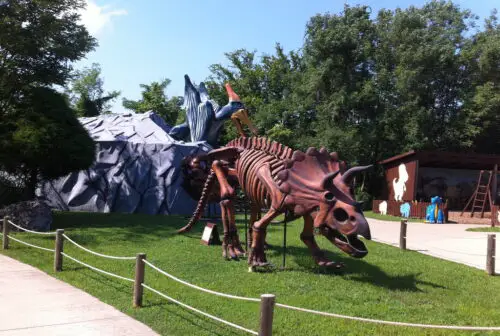
Yes, Arkansas had its own dinosaur park—and in the ’70s, it was wildly popular, according to Jennifer Newton from The Daily Mail. Dinosaur World opened in 1967 under the name “Farwell’s Dinosaur Park” and featured life-size dino sculptures made from concrete and metal. Families loved the prehistoric vibes and the campy storytelling signs next to each creature. It was like Jurassic Park before CGI and chaos theory.
By the ’90s, interest fizzled and the park closed, with the dinosaurs left to slowly decay in the woods. You can still find remnants of the attraction online, and locals occasionally post photos of the rusting beasts. In its prime, though, it was a kitschy, unforgettable stop for any family cruising through the Ozarks. It’s the kind of place you remember visiting in your Sears Toughskins.
5. The Land of Oz – Beech Mountain, North Carolina
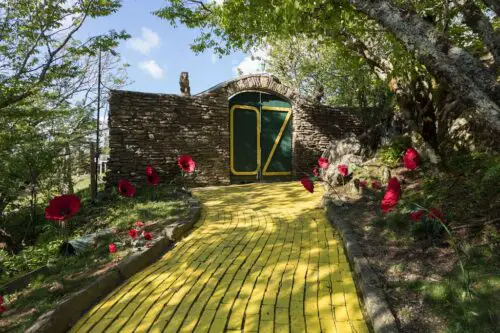
Opened in 1970, The Land of Oz was an actual Wizard of Oz–themed park in the Appalachian Mountains. Guests could walk the Yellow Brick Road, meet Dorothy, and take a ride in a hot air balloon simulation. At its peak, it attracted over 400,000 visitors annually—pretty impressive for a mountaintop theme park, according to Mark Powell from Garden & Gun. The creators even built Emerald City with panoramic views.
A fire and some shady management decisions led to its decline by the mid-’70s. It officially closed in 1980, but it still opens for special events, giving fans a taste of its faded glory. The idea of bringing Oz to life was bold, and for a while, it totally worked. It was whimsical, weird, and somehow very ’70s.
6. Santa’s Village – Skyforest, California
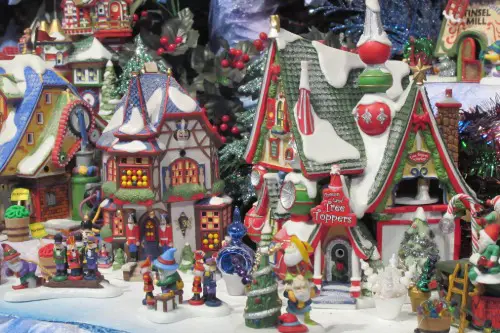
Yes, Christmas had its own theme park—several, actually—but the one in Skyforest was peak ’70s kitsch. Santa’s Village opened in 1955 and flourished during the ’60s and ’70s, with elf houses, candy cane lanes, and fake snow even in July. It was a dreamland for kids and had a real live reindeer petting zoo. The vibe was somewhere between charming and totally surreal.
But as families opted for more modern parks, Santa’s Village struggled and eventually closed in 1998. It sat abandoned for years until it was revived in the 2010s, now called “SkyPark at Santa’s Village.” Back then, though, it was the ultimate off-season getaway, especially for families dodging Disneyland crowds. It was kitschy, corny, and totally magical.
7. The House on the Rock – Spring Green, Wisconsin
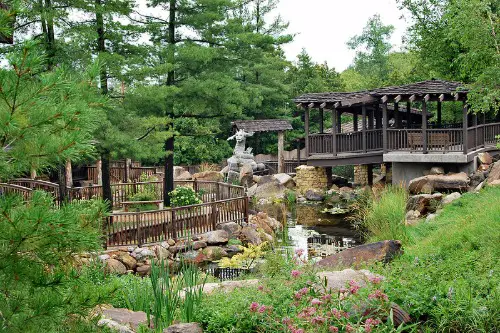
This place is still around, but in the ’70s, it was a straight-up cultural phenomenon. Built by Alex Jordan Jr., The House on the Rock is part architectural marvel, part fever dream, featuring sprawling rooms, bizarre collections, and a massive carousel with no horses. In the 1970s, it drew national attention for being so unapologetically weird. It was like walking into a dream—sometimes a nightmare.
People flocked from all over to see the Infinity Room and the world’s largest indoor carousel. It was especially popular with the counterculture crowd, who were into anything that felt trippy or surreal. While it’s still operational, its status as a mainstream tourist magnet has faded. In the ‘70s, though, it was Wisconsin’s answer to Disneyland—if Disneyland were curated by Salvador Dalí.
8. Storybook Forest – Ligonier, Pennsylvania
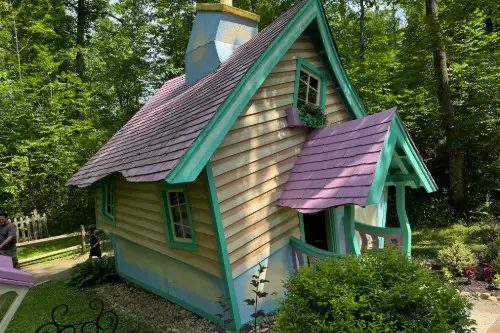
Storybook Forest was a simpler, more wholesome kind of tourist trap—and in the ’70s, that totally worked. Opened in the late ’50s, it featured walk-through exhibits of classic nursery rhymes and fairy tales. Kids could meet Little Red Riding Hood, peek inside the Three Little Pigs’ houses, and even visit Goldilocks. It was designed to spark young imaginations, not thrill-seekers.
By the 1970s, Storybook Forest was a must-see for families hitting the road in station wagons. While it’s technically still open as part of Idlewild Park, it’s now more of a retro curiosity. In its heyday, it was the kind of place you’d find on the cover of a vacation brochure tucked behind the sun visors. Think wholesome escapism before kids demanded animatronics and Marvel rides.
9. Frontier Village – San Jose, California
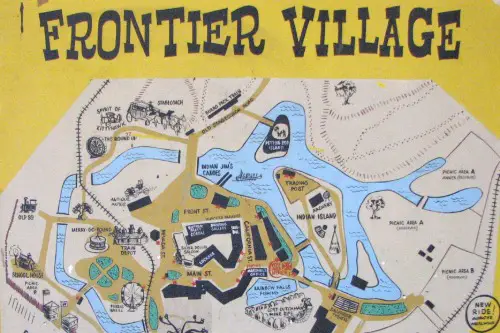
Long before Silicon Valley took over, San Jose had its own slice of the Old West. Frontier Village was a cowboy-themed amusement park that opened in 1961 and saw its biggest crowds in the 1970s. It had stagecoach rides, gunfights, and panning for gold, all nestled in a forested area. It was an unexpected hit in a tech-free, pre-Google world.
Sadly, land development pushed the park out by 1980, and the land was turned into housing. Locals still mourn the loss of this quirky gem, and some relics have ended up in museums. For kids in the ’70s, it was a wild ride—literally and figuratively. You just wouldn’t expect a cowboy town in the heart of what would become the tech capital of the world.
10. Six Gun Territory – Ocala, Florida
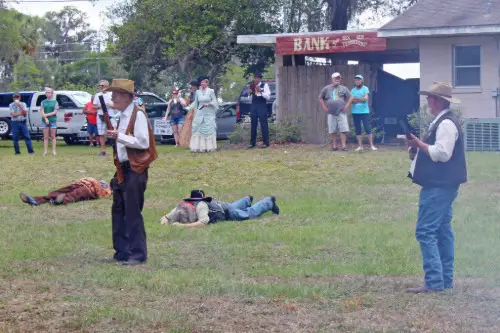
Florida wasn’t always just Disney and alligators—back in the ’70s, the Wild West ruled in Ocala. Six Gun Territory was a cowboy-themed amusement park complete with shootouts, steam trains, and saloon shows. Opened in 1963, it drew huge crowds, especially as TV Westerns dominated pop culture. It was part amusement park, part live-action stunt show.
By the late ’70s, interest in cowboy kitsch began to fade, and Six Gun Territory was shuttered in 1984. It didn’t age well once kids moved on to lightsabers and roller coasters. Still, it was a big deal while it lasted, with vacationers in bell bottoms lining up for gunfight reenactments. Today, it’s mostly a fond, dusty memory.
11. Space Farms Zoo & Museum – Sussex, New Jersey

In the 1970s, Space Farms was like the Wild West meets Ripley’s Believe It or Not. This roadside zoo and museum combo had everything—taxidermy, antique cars, and a polar bear named Goliath that allegedly weighed over 2,000 pounds. It was started in 1927 but found its quirky footing with families in the ’60s and ’70s. Back then, it felt like a must-see if you were driving through New Jersey.
It’s still open today, but nowhere near as popular as in its heyday. In the ’70s, weird roadside attractions like this were cultural landmarks. It felt like a place where you could see history, horror, and hot dogs in one afternoon. That combo just doesn’t hit the same now.
12. Ghost Town in the Sky – Maggie Valley, North Carolina
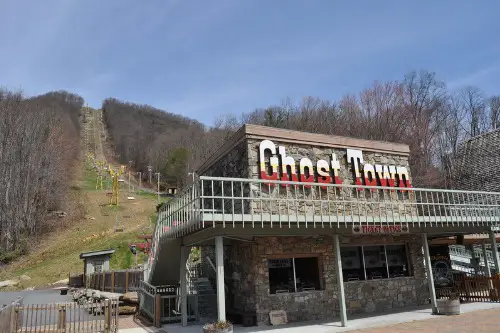
This mountaintop Western theme park opened in 1961 and had its biggest boom in the 1970s. Ghost Town in the Sky was famous for its chairlift ride up the mountain and daily staged shootouts in its faux frontier town. It felt like you were stepping into an old spaghetti Western—just with more cotton candy. Kids loved the wild rides, and parents loved the mountain views.
As time went on, maintenance issues and poor management led to repeated closures. It reopened and closed multiple times but never quite recaptured its ’70s glory. At the time, though, it was considered one of the coolest, quirkiest parks in the South. It was the definition of a tourist trap you didn’t mind falling into.
13. Marineland of the Pacific – Rancho Palos Verdes, California
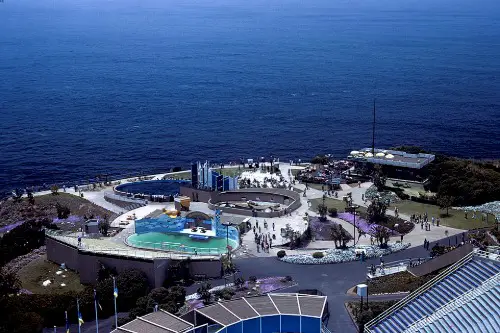
Before SeaWorld dominated the marine park game, Marineland of the Pacific was the place to see dolphins and killer whales do tricks. Opened in 1954, it was the world’s largest oceanarium at the time and became a huge draw in the 1970s. It had shows, exhibits, and even starred in TV shows and movies. Families from all over Southern California made it part of their beachy vacation plans.
Unfortunately, it closed in 1987 after being bought out by SeaWorld’s parent company. The animals were moved, and the park was left to slowly fall apart. But in the ’70s, Marineland was a big deal, and seeing a performing orca was the pinnacle of vacation bragging rights. It was educational, entertaining, and just exotic enough to feel like a big adventure.


